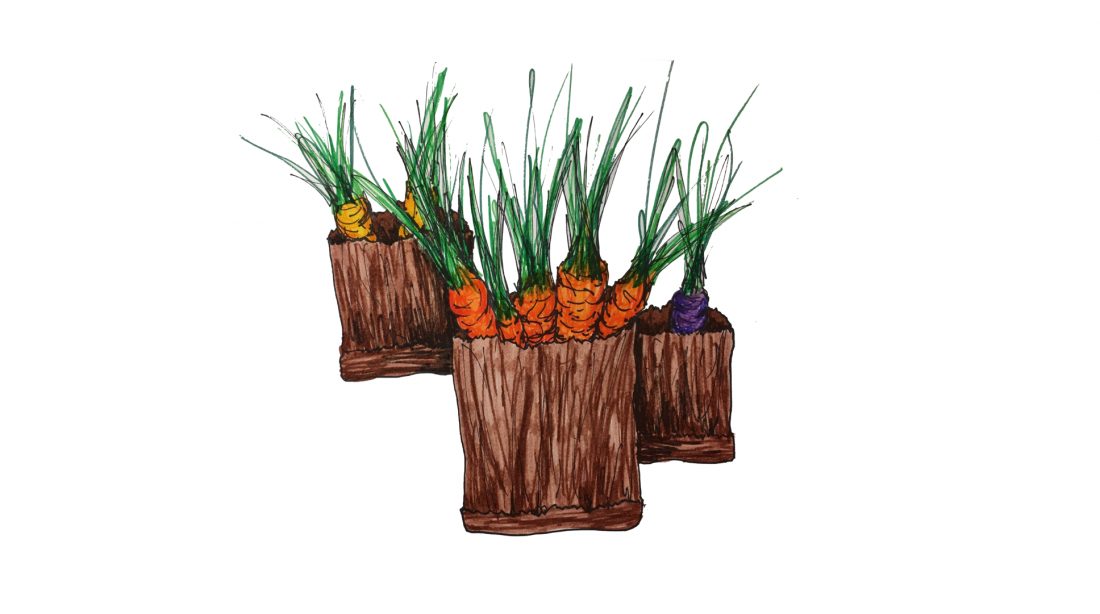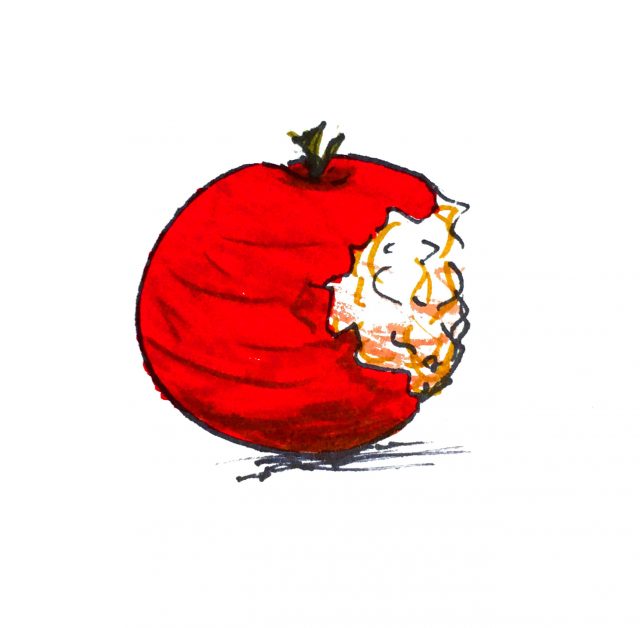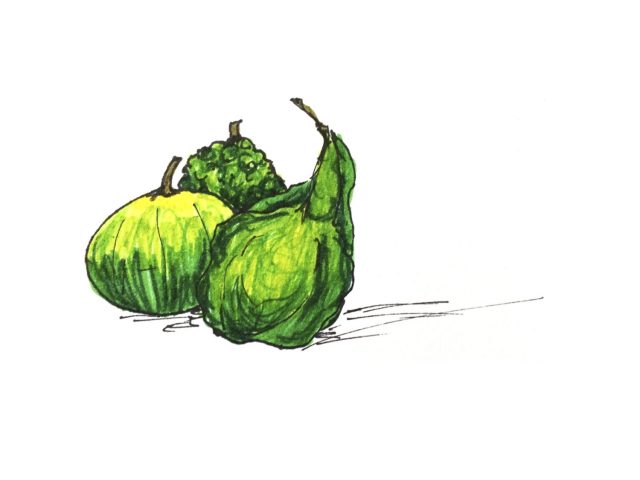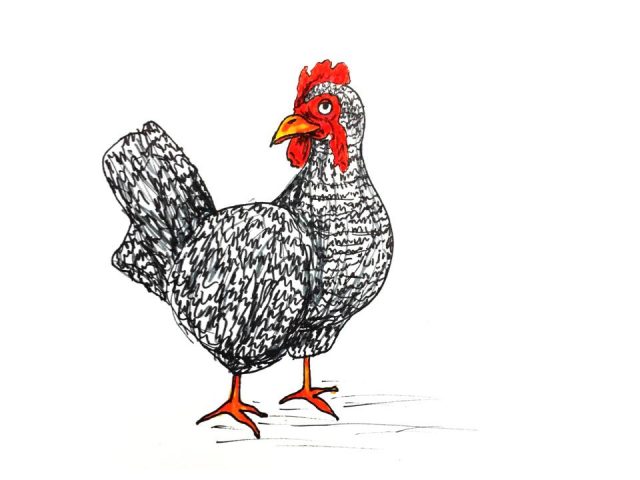In the carrot story children are asked to combine and add quantities of colored carrots to arrive at a total and then select the proper sized bags to accommodate the carrots. Carrots come in five colors. At first people ask for just one color carrot. As the story progresses people ask for two, three, and eventually four colors. Children develop strategies for adding more than two numbers. The sums advance into the twenties. Bagging the carrots presents another kind of problem. In the beginning of the story there are bags of two sizes: one that holds 5 carrots and one that holds 10 carrots. Children must compare quantities and use ideas about greater, less, and equal to select the proper bag. For example, 11 carrots can fit into a size 10 bag and a size 5 bag (10+1) or three size five bags (5+5+1). Children are solving problems that have multiple solutions. As the story goes on problems become more complex. First, the sizes of the available bags chnage. Now carrots can go into bags that hold 3, 5, or 8 carrots. A second layer of complexity arrives when children are asked to use as few bags as possible.
The Carrots Story: Combining and Adding




